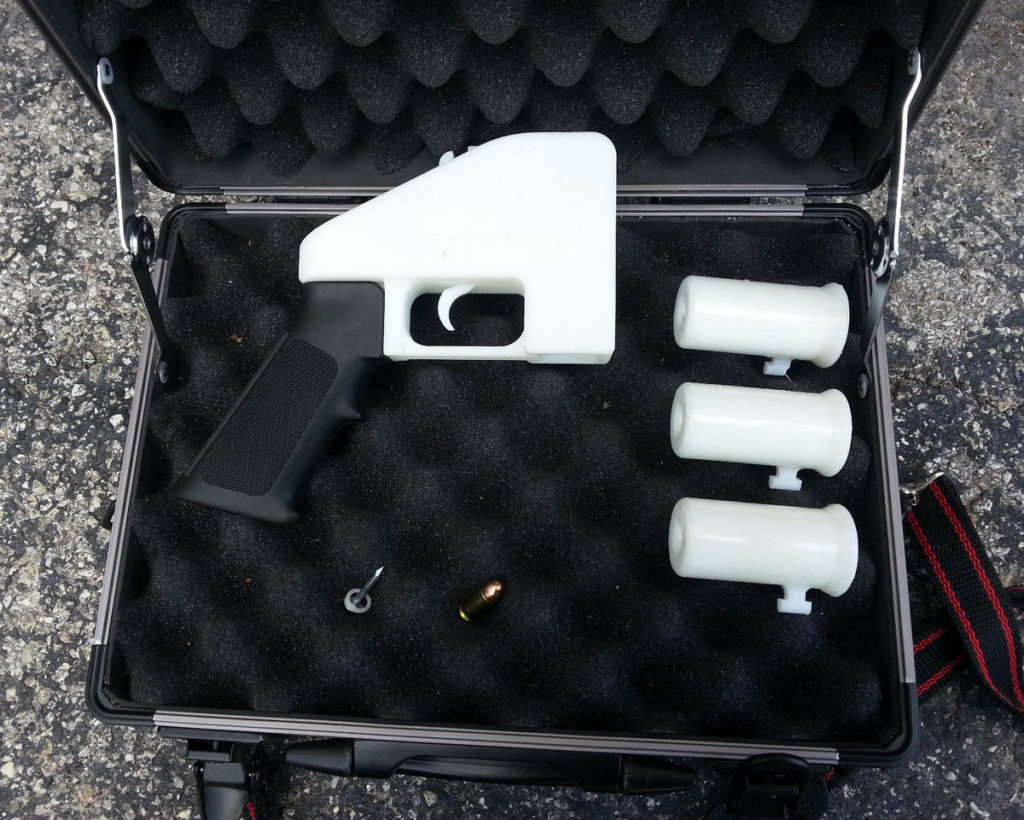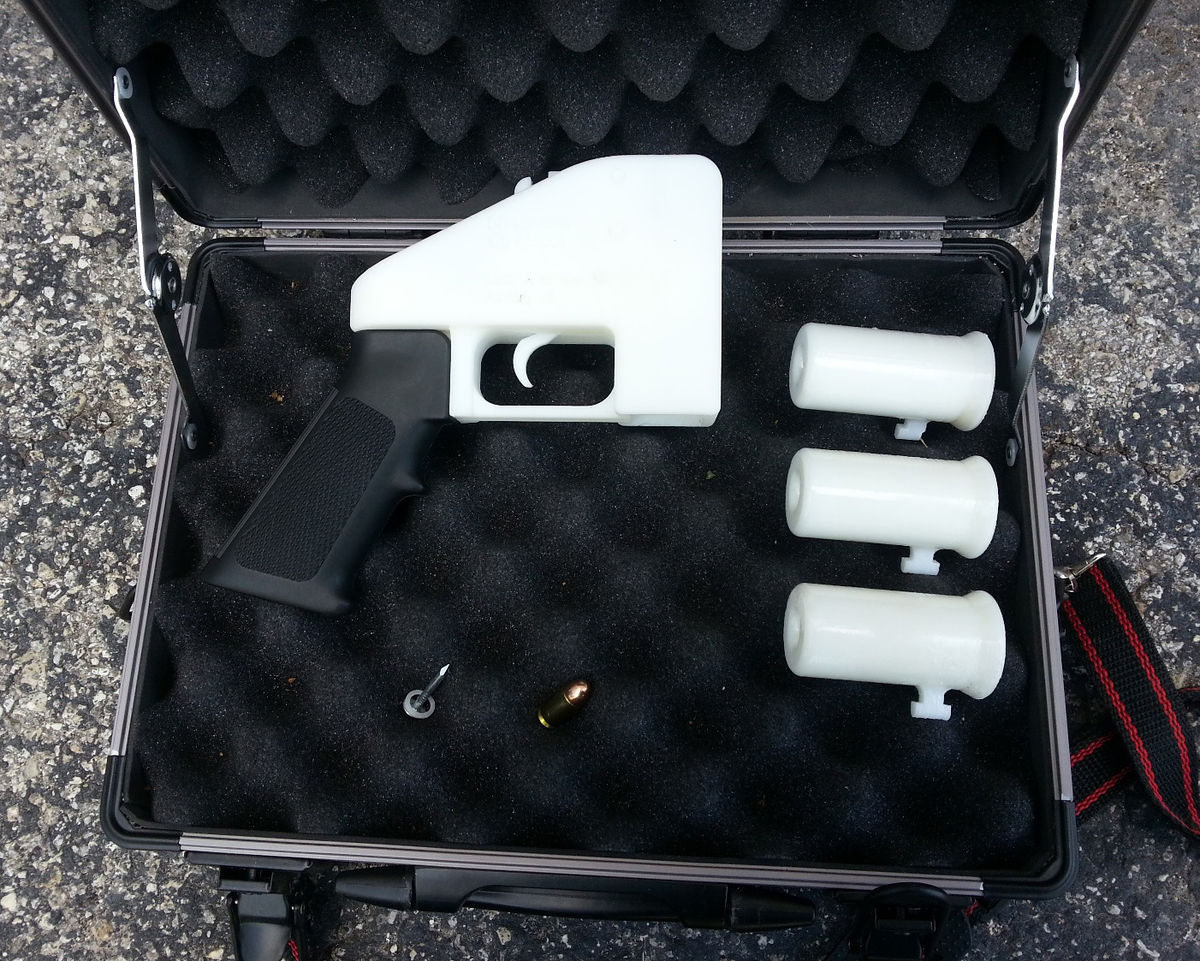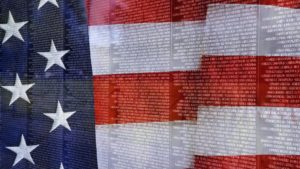
House Resolution 7115 was introduced on November 2, 2018, seeking to ban the transfer and production of 3D printable firearms. The act is also known as “3–D Firearms Prohibitions Act”.
The bill has the stated intention to:
To prohibit the sale, acquisition, distribution in commerce, or import into the United States of certain firearm receiver castings or blanks, assault weapon parts kits, and machinegun parts kits and the marketing or advertising of such castings or blanks and kits on any medium of electronic communications, to require homemade firearms to have serial numbers, and for other purposes.
This piece of legislation aims to take down the various types of 3D printable guns that seem to have infected American politics. The political left realizes that a single shot liberator completely decimates any hope of being able to control the flow and location of firearms across the world.
Cody Wilson’s creation is nearly useless. The Liberator pistol is made of plastic and can shoot one bullet before it needs to be reloaded if it doesn’t explode in your hand first. It was inspired by the Liberator of World War 2, which was a pistol designed to be dropped into the hands of civilians within the axis powers. This would hopefully create civil unrest and uncertainty, destabilizing the governments of said countries. This would have hopefully resulted in the overthrow of the fascist powers and an Allied victory.
This plan never came to fruition, at least not in World War 2. The digital age gave the liberator pistol a new life. Now, instead of the physical gun being dropped randomly, the digital blueprint has been dropped everywhere. Whether it’s on the basic internet or the darknet, finding the blueprints is not hard. This means that the liberator can now be in the hands of anyone who has access to a 3D printer.
H.R. 7115 will be completely ineffective when it comes to halting the production of the liberator. But what about the more serious, less historically symbolic Ghost Guns. Ghost Guns can currently be made using the milling machines Defense Distributed (now lead by Paloma Heindorff) sells. These weapons are unregistered and unserialized. The milling machine produces the lower receiver of the desired firearm, and the rest of the pieces can be bought online without identification.
The legislation will do little to stop this, too. Without a full shut down of Defense Distributed, the production/sale of milling machines, the production/sale of 3D printers, or the internet itself, 3D printable firearms will continue to exist. They were designed specifically to circumvent regulations like H.R. 7115. The gun lovers who hold 3D printable weapons near and dear to their hearts have nothing to fear because the government cannot do a thing to take these weapons away.




